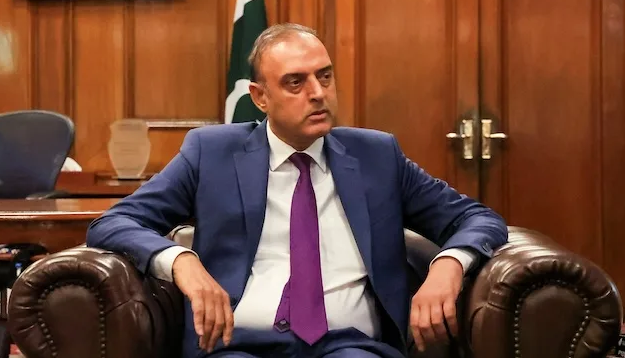
The State Bank of Pakistan (SBP) is preparing to pilot a central bank digital currency (CBDC) and is finalising legislation to regulate virtual assets, Governor Jameel Ahmad announced on Wednesday at the Reuters NEXT Asia summit in Singapore.
The development is part of Pakistan’s broader financial sector modernisation, aligning with global trends as regulators in countries like China, India, Nigeria, and Gulf states explore blockchain-backed currencies through controlled trials.
“We are building up our capacity on the SBP digital currency,” Ahmad said during a panel discussion with Sri Lanka’s central bank governor. He added that the SBP hopes to roll out a pilot for the digital currency soon and that a new legal framework will “lay down the foundations for the licensing and regulation” of the virtual asset space.
The initiative coincides with recent efforts by the Pakistan Crypto Council (PCC)—a government-backed body launched in March—to explore broader adoption of digital assets. The PCC has announced plans to tap surplus energy for bitcoin mining, and has appointed Binance founder Changpeng Zhao as a strategic adviser. It has also reportedly held discussions with international crypto players including World Liberty Financial, a US-based firm with reported ties to former US President Donald Trump.
Earlier this year, President Asif Ali Zardari gave assent to the Virtual Assets Act, 2025, formalising the SBP’s authority over digital assets. While virtual assets remain restricted for Pakistan’s banking sector, the SBP clarified in May that they are not illegal, though formal engagement awaits licensing protocols.
“There are risks associated, and at the same time, there are opportunities in this emerging field,” Ahmad said. “So we have to evaluate and manage the risk very carefully, and at the same time not let go of the opportunity.”
On monetary policy, Ahmad said that SBP will maintain a tight stance despite recent easing, aiming to keep inflation within a 5–7% medium-term target.
After reaching a record high of 22%, the policy rate has been cut to 11% over the past year. Inflation dropped from 38% in May 2023 to 3.2% in June 2025, averaging 4.5% during FY25 — the lowest in nine years.
“We are now seeing the results of this tight monetary policy transfer, both on our inflation as well as on the external account,” he said.
Pakistan’s foreign exchange reserves have risen to $14.5 billion, up from less than $3 billion two years ago, according to Ahmad. He downplayed any immediate risks from the dollar’s recent weakness, noting that most of Pakistan’s external debt remains dollar-denominated, with only 13% comprised of Eurobonds or commercial loans.
The SBP chief said the ongoing $7 billion IMF programme, which runs until September 2027, remains on track and has already prompted significant reforms in fiscal management, energy pricing, and exchange rate liberalisation.
“We are confident that after that (IMF programme), maybe we will not require an immediate (follow-up),” he added.
Responding to a question about financing plans for potential military purchases, particularly imports from China, Ahmad said he had no information on the matter. He reiterated that the central bank’s role is limited to ensuring the smooth functioning of the interbank market and maintaining adequate forex reserves to support trade-related financing.
The upcoming digital currency pilot, along with a structured legal approach to virtual assets, reflects Pakistan’s attempt to balance regulatory caution with technological adoption, while also staying in step with global financial innovation.
